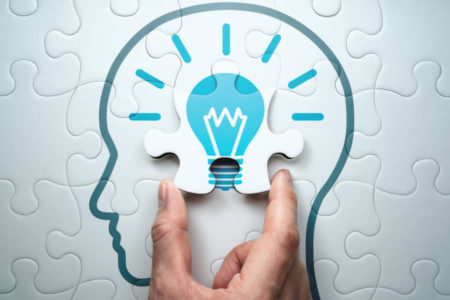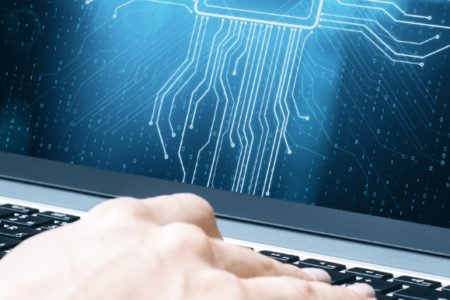By Constant Ondo
All CEOs are today fully aware that the knowledge and know-how gained by their staff in daily tasks are a critical asset for the development and continuity of their company.
They then must not only retain this asset but also grow it. Which, in other words, means gathering knowledge and then making sure it is used by everyone.
Unfortunately, many companies tend to focus on the formalization/registration process, and afterwards simply make the collected knowledge available to all.
Their strategy stops at knowledge capitalization.
With such a strategy, their knowledge management software is likely to be underused, either because poorly fed, or on the contrary, overwhelmed with information. In both cases, users will not find what they are looking for: knowledge will either be missing or too hard to spot.
Companies should rather focus on how people will access and use corporate knowledge for their own needs. Betting on individual appropriation, they will gain an efficient tool to grow their corporate knowledge asset.
From knowledge transfer to skill development
Knowledge simply stored on a server has no value. Knowledge gains value when it is used by a person, in a given situation, and for a particular purpose. In other words, when someone interiorizes it to develop new skills.
This is in fact the ultimate goal of knowledge transfer in on-boarding and off-boarding processes, as well as in mergers or reorganization projects.
One of the main benefits of knowledge management platforms is to accelerate skill development by providing people with the right knowledge at the moment they need to apply it.

But to ensure this, actionable knowledge must be accessed quickly and comfortably. This is not the case when one has to search for keywords and then scroll through an entire list of documents without even being sure to find what he is looking for.
It is far easier to offer users the possibility to simply describe the problem they are facing (for example pressure is rising) and in return display all solutions they can implement (for example: increase the slide distance). Watch our demo in the video here.
By supporting decision-making on a practical problem, the knowledge management software proves useful and naturally encourages people not only to use it, but also to feed it.
Reveal tacit knowledge
Knowledge engineering differentiates explicit knowledge, which is gathered in the company’s documentation, from tacit knowledge, rarely documented because hard to verbalize. Why? Here again, comes the appropriation process. Tacit knowledge is the result of cognition associated with art: it represents how a person has utilized information with his/her own knowledge base and skills to solve a problem, as well as the lessons he/she learned from this experience.
We know today that one of the main challenges of knowledge management is to capture tacit knowledge since it is the most valuable and the most volatile one.
But the only solution proposed to capture it is generally to transform it into explicit knowledge (through experience sheets, wikis…). Which, by definition, boils down to draining it from its unique value.
It is thus much more interesting to capture experience feedback in the rawest and most instinctive way possible, without the person involved having to take care of what they will become.
This avoids falling into two traps that make knowledge management platforms poor: the time needed to formalize experience and the lack of confidence in one’s ability to properly transcribe his/her knowledge.
It also enables one to automatically spot who are the persons with the most critical tacit knowledge, in order to secure its transfer before these persons retire or quit.
Foster knowledge development
Betting on appropriation also helps knowledge move with the times.
If a young rookie does nothing but apply step by step the methods of the elders, he/she is not moving the company forward. Neither will a merger reach its full potential if existing knowledge can not be adapted to serve a new strategic vision.
Instead, if all the knowledge and experience of the company can be organized as a network of interconnected problems and solutions, and if anyone can easily nurture this network, the knowledge base will organically evolve to respond to changes in the environment (organization, regulation, technology, competition…).
This self-learning knowledge management system has a name: PICC Software. And it also allows unlocking the collective intelligence in order to speed up the innovation process. But this subject deserves a special post… coming soon!
Willing to automate and secure your knowledge transfer?
Feel free to contact us!


